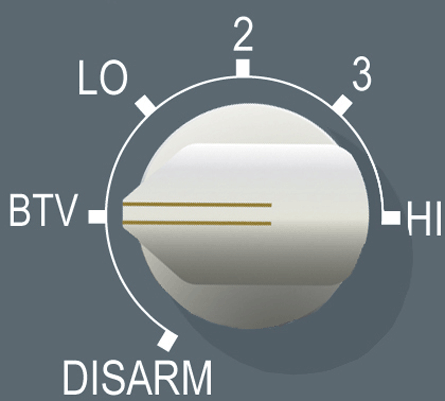The Airbus A350's pilots will have, as standard, an advanced landing safety function that will warn the pilots, during approach, of the risk of runway overrun. This is the most common type of airline accident, occasionally fatal but almost always damaging to the aircraft.
The runway overrun protection system (ROPS) has been developed from the A380's "brake-to-vacate" (BTV) capability, says experimental test pilot Peter Chandler, whereas BTV itself will be optional on the A350. BTV is a programmable braking control system which, if set before landing, provides automatic braking to slow the aircraft evenly to enable the crew to turn off the runway at a chosen exit, potentially reducing runway occupancy time. BTV would be particularly useful when landing in marginal visibility.
 |
|---|
© Airbus |
ROPS does much more. It provides the pilots, during approach, with a visual display of where the aircraft will stop on the selected runway in both dry and wet conditions if the aircraft carries out a standard stabilised approach at the correct speeds. If the runway is too short, the stop lines show beyond the end of the runway, and the pilots receive spoken and visual warnings.
This GPS-linked function is active in real time, so if the pilots approach to fast or too high, or land too far down a runway that originally showed as sufficiently long, the visual information about stopping positions is continually adjusted and warnings are activated if necessary.
The crew can call up an image of the desired runway layout on to the navigation display to designate the runway required (Toulouse Runway 14L, for example). The pilots then designate the runway by using their keyboard cursor control unit to place the magenta chevrons over the threshold of Runway 14L and click. Seconds later, the magenta crossbars across the runway show where the landing roll would come to a full stop if the runway were dry, and the second - further on - if it were wet. If the runway were too short the crossbars would be in the overrun.
When ROPS provides the stopping point designators early in the approach, it assumes you will fly a standard profile at standard reference speeds, crossing the threshold at 50ft (15m) and putting the aircraft down in the touchdown zone. But if the aircraft is high and fast on approach, the ROPS knows, and the stopping point designators move away down the runway.
 |
|---|
© Airbus |
An extended flare will have the same effect. If the stop bars move beyond the runway end at any stage, the pilots get two warnings: one scripted on the primary flight display in red capital letters saying "runway too short", and a recorded voice saying the same words.
Also standard on the A350 will be a system that enables the autopilot to fly a traffic alert and collision avoidance system resolution advisory avoidance profile, unless overridden by the pilots. If the aircraft is being flown manually at the time of an advisory, the pilots can fly it by following the flight director crossbars instead of the more complex resolution advisory guidance on the TCAS.
By the time the A350 flies, however, this new system, know as "autopilot/flight director TCAS mode", will have become standard on all new Airbus aircraft, and available for retrofit on the existing fleet.
Source: Flight International



















